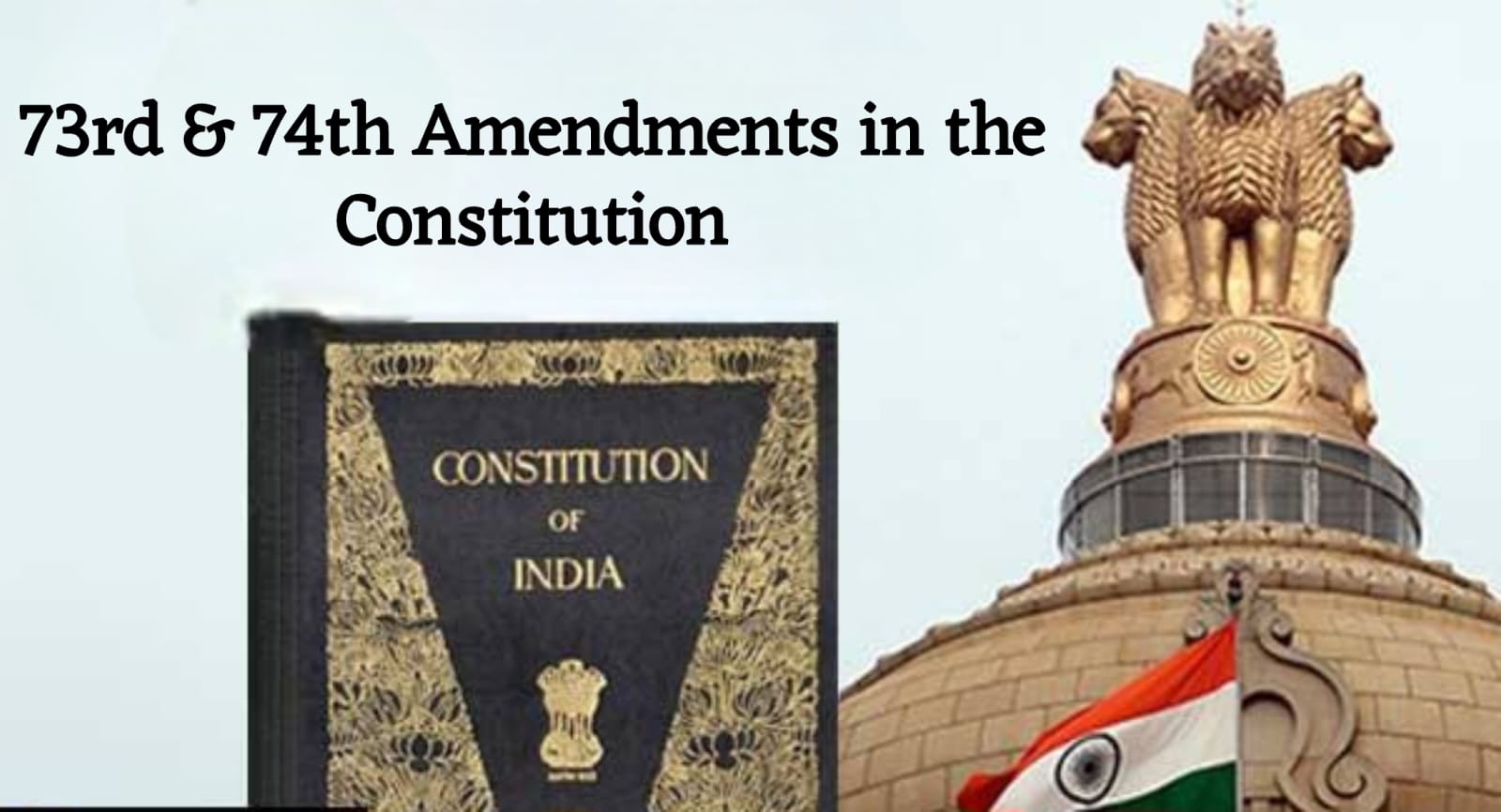73d and 74th Amendments, which first introduced reservation for women in elected bodies
The government on Tuesday (September 19) introduced The Constitution (One hundred and Twenty-eighth Amendment) Bill, 2023, to reserve 33% seats for women in Lok Sabha and state Legislative Assemblies. The quota will be applicable to the reserved seats for SCs and STs as well.
A law to reserve seats for women in Parliament and Assemblies had been hanging fire since the mid-Nineties. However, several years before the Bill was first brought in Parliament by the government of Prime Minister H D Deve Gowda, two breakthrough amendments to the Constitution had resulted in reservation for women in rural and urban local bodies.
The Constitution 73rd and 74th Amendment Acts, enacted when P V Narasimha Rao was Prime Minister, mandated the reservation of one-third of seats for women in Panchayati Raj institutions and offices of the chairperson at all levels of Panchayati Raj institutions, and in urban local bodies respectively.
Both The Constitution (Seventy-third Amendment) Act, 1992 and The Constitution (Seventy-fourth Amendment) Act, 1992 were passed by Parliament in December 1992, and took effect on April 24, 1993 and June 1, 1993.
Background to the amendments
Back in 1957, the Balwantrai Mehta Committee recommended that an agency should be set up at the village level, which would represent the village community’s interests, and carry out the government’s development programmes. The Committee suggested the early establishment of elected local bodies and the devolution of necessary resources, power, and authority to them.
In 1977, the Asoka Mehta Committee suggested changing the concept of Panchayati Raj to a political institution. The Committee observed that Panchayati Raj Institutions had failed to live up to their promise, and suggested measures to strengthen the system.
The Committee identified an unsympathetic bureaucracy, absence of political will, and lack of clarity over the institution’s role as the reasons for its undermining.
Karnataka, West Bengal, and Andhra Pradesh passed new laws based on the Asoka Mehta Committee report. An attempt was made to strengthen Panchayati Raj Institutions across the country through The Constitution (Sixty-fourth Amendment) Bill at the fag end of Prime Minister Rajiv Gandhi’s term in 1989, but the attempt was defeated in Rajya Sabha.
New local self-governance laws
The 73rd and 74th Constitution Amendment Acts established local self-governance in rural and urban India respectively. The two amendments were added to the Constitution’s Part IX, titled “The Panchayats” and Part IXA titled “The Municipalities” respectively.
* Following the two amendments, panchayats and municipalities were termed as “institutions of self-government”.
* The gram sabha became the basic unit of a democratic system in villages. In municipalities, the term “ward committees” was used. These bodies consisted of all adult citizens registered as voters, and the panchayat or municipality was made accountable to them.
* Direct elections for all three tiers of governance — gram panchayat at village level, taluka or block panchayat at the intermediate level, and zila panchayat or parishad at district level — were introduced. States with a population of less than 20 lakh were exempted.
* Out of the total 1/3rd seats reserved for women, 33% had to be reserved for the Scheduled Castes and Scheduled Tribes. Importantly, one-third of the seats of office-bearers and chairpersons at all levels had to be reserved for women as well.
* A five-year-tenure was prescribed for each body, and elections to the successor body had to finish before the previous body’s term expired. In case of the body’s dissolution, an election had to be conducted within 6 months compulsorily.
* There would also be a State Election Commission in each state for superintendence, direction, and control of the electoral rolls for these elections.
* Under Article 243G, panchayats were tasked with preparing plans for economic development and social justice on subjects in the Eleventh Schedule, including agriculture, land, irrigation, animal husbandry, fisheries, cottage industries, and drinking water.

